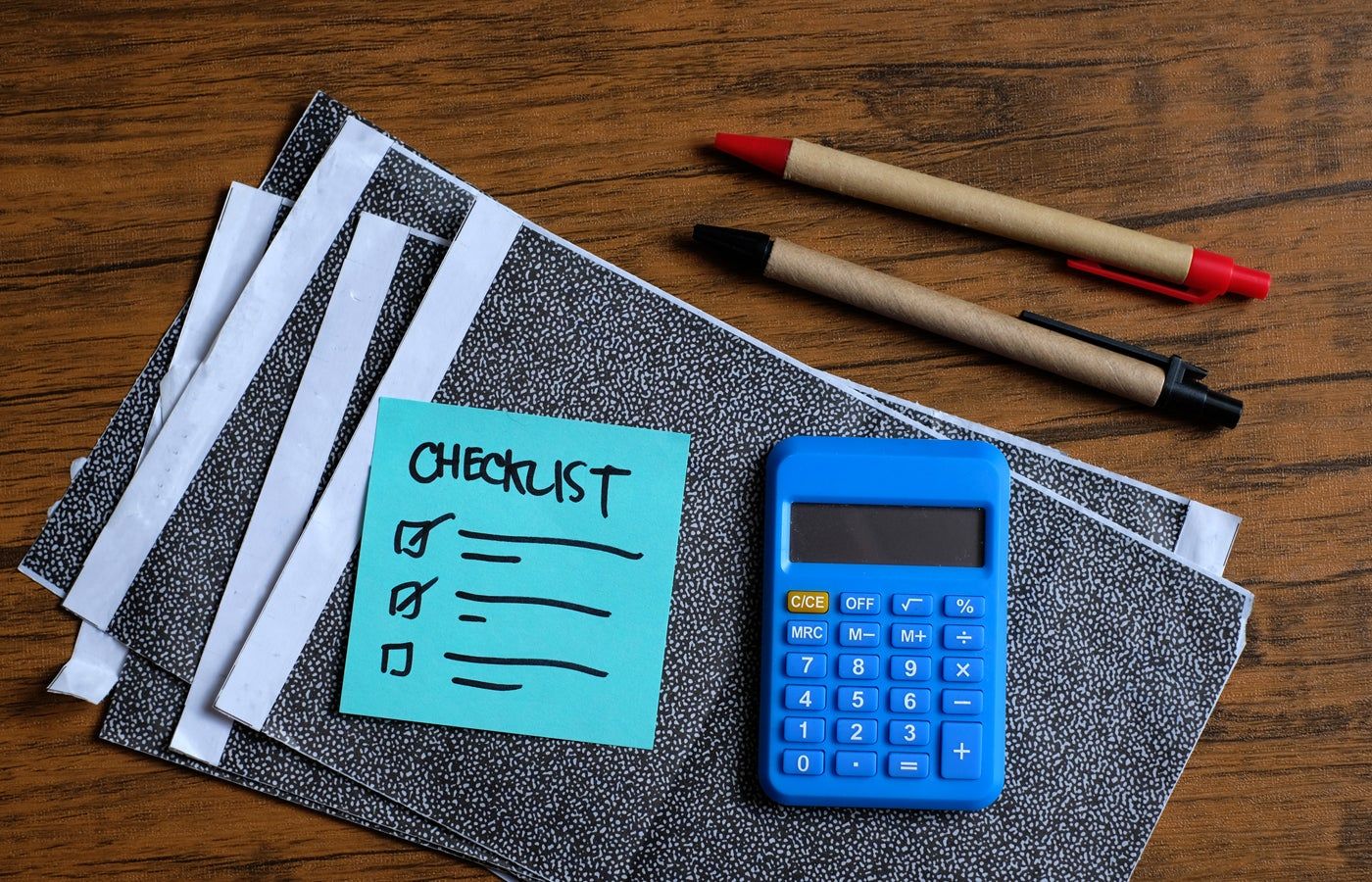Managing your first payroll is exciting, but it can also be overwhelming and even a little intimidating. How do you know if you are doing everything correctly? What happens if you don't have all the information you need?
To help you, we've put together the ultimate step-by-step checklist for your first payroll run, including a list of all the essential documents you'll need.
3
quick books
Employees by company size
Micro (0-49), Small (50-249), Medium (250-999), Large (1000-4999), Business (5000+)
Micro (0-49 employees), small (50-249 employees), medium (250-999 employees), large (1000-4999 employees)
Micro, Small, Medium, Large
Characteristics
24/7 Customer Support, API
Step-by-step checklist for your first payroll run
Step 1: Gather all your documents
You will need several documents to run your first payroll, including an Employer Identification Number (EIN) and W-4 or W-9 forms for employees. We've put together a master checklist of all the documents you'll need in the next section, so refer to it as you prepare to run your first payroll.
Step 2 – Open a Payroll Bank Account
To manage payroll, you'll need a business bank account, not a personal one. Most companies use a bank account dedicated solely to payroll so that money is not mixed with other funds. If you don't currently have a business bank account set aside for payroll, consider creating one.
Step 3 – Select a payment period
Next, you'll need to decide how often you'll pay employees. Many companies follow a biweekly payment schedule, while others prefer twice a month or even once a month. Check out our pay period guide if you need help determining a payroll schedule for your business. Be sure to comply with all applicable government regulations when selecting a payment period.
Step 4: Set up your payroll software
If you are using payroll software (rather than running payroll manually), you will need to configure your payroll software before running payroll for the first time. An easy-to-use payroll software like SurePayroll will guide you through the setup process to ensure you have everything you need to run your first payroll successfully.
Haven't decided on a payroll software platform yet? See our top picks for the best payroll software of 2024.
Step 5: Get Workers' Compensation Insurance
Of the 50 states, 49 require that businesses must have workers' compensation insurance to operate and pay employees (Texas is the only exception). Some states require it, even if you are paying a single employee. Review your state's requirements and obtain compliant workers' compensation insurance so you're ready to run your first payroll.
Step 6: Calculate gross salary
Now is the time to start calculating how much to pay employees. To begin, you must calculate each employee's gross salary (that is, wages before taxes, benefits, and other deductions).
For hourly employees, you will need to review their time cards for accuracy and calculate any necessary overtime and paid time off. For salaried employees, you don't have to worry about overtime, but you will need to calculate paid time off.
You will also need to account for any additional payments, such as commissions, bonuses, and back pay, for all employees. Payroll software like SurePayroll will automatically perform these calculations for you, speeding up the process and increasing accuracy.
Step 7: Calculate net salary
Next, you must calculate all deductions and subtract them from the gross salary to obtain the net salary for each employee. First, calculate pre-tax or tax-exempt adjustments, which include benefit premiums, retirement fund contributions, HSA contributions, and expense reimbursements.
Then calculate taxes and withhold federal income tax, Medicare tax, Social Security tax, state income tax, local taxes, and wage garnishments. Finally, consider after-tax withholdings, such as Roth IRA contributions. Again, using payroll software will automate these calculations on your behalf.
Step 8: Review the math
Whether you calculate payroll manually or use payroll software, you should review the calculations before processing payroll to ensure that all calculations are correct. This will help you avoid costly mistakes, disgruntled employees, and even government penalties for incorrect taxes.
Step 9: Distribute payments and payment receipts
Once you've verified everything, it's time to pay your employees. Most employees will be paid through direct deposits, but you can also pay them through physical paper checks or pay cards. You should also generate a pay stub for each employee and send it to them so that you both have a record of the payroll run.
Documents necessary to execute your first payroll
Below, we've put together a checklist of all the documents you'll need to run your first payroll. For a more detailed explanation of these documents, see our dedicated guide which explains in more detail the documents you will need for payroll.
Company tax information
- Employee identification number: This is used by the US federal government to track your tax deposits. You can get a free EIN in a few minutes through the IRS website. Check out our guide explaining what an EIN is for more information.
- State Agency Identification Number: This is similar to an EIN and is used to track your tax deposits to the state government.
- State unemployment insurance contribution rate: All 50 states and DC have an unemployment tax that applies to businesses, but each charges a different rate and structures their UI program differently.
- Payroll Tax Deposit Schedule: Most federal and state taxes are due quarterly, but it's always a good idea to check the dates.
Employee documents
- Personal information: You will need each employee's full legal name, date of birth, and current address in order to pay them.
- Employment start or end date: Since this is your first payroll run, you will probably use the employee's start date.
- Tax return number: This will be the employee's Social Security number or their Taxpayer Identification Number (TIN), which is similar to the EIN for individuals.
- Payment and compensation rate details: This includes not only the hourly rate or salaried wages, but also all necessary compensation information, such as commission rates and bonuses.
- Withholding information: This specifies how much money must be withheld from each paycheck to cover the employee's contributions to benefits and taxes.
- Form I-9: This form verifies each employee's eligibility to work in the US.
- Form W-4: This form summarizes all of this information for each employee.
- Form W-9: This form summarizes all of this information for each independent contractor.
Company information
- Company bank account: You will need a company bank account to pay employees and taxes.
- Company contributions: As an employer, you must contribute to certain benefits, such as health insurance.
Frequent questions
When setting up payroll, what should you do first?
When setting up payroll for the first time in the United States, you must obtain an Employer Identification Number (EIN) and gather other necessary documents. In the US, you can't manage payroll unless you have an EIN, so you need it to move forward.
Why is a payroll checklist important?
A payroll checklist is essential to make your calculations as accurate as possible. If you don't have a payroll checklist, you may forget to include overtime, miscalculate deductions, or forget to withhold taxes, all of which are costly mistakes to correct.
How long does payroll take to process?
From start to finish, payroll processing can take up to a week. Depending on the size of your company, it may take several days to run payroll and obtain all necessary approvals. Once payroll is finalized and submitted, it typically takes one to four days for direct deposits to be made to employees' bank accounts.












